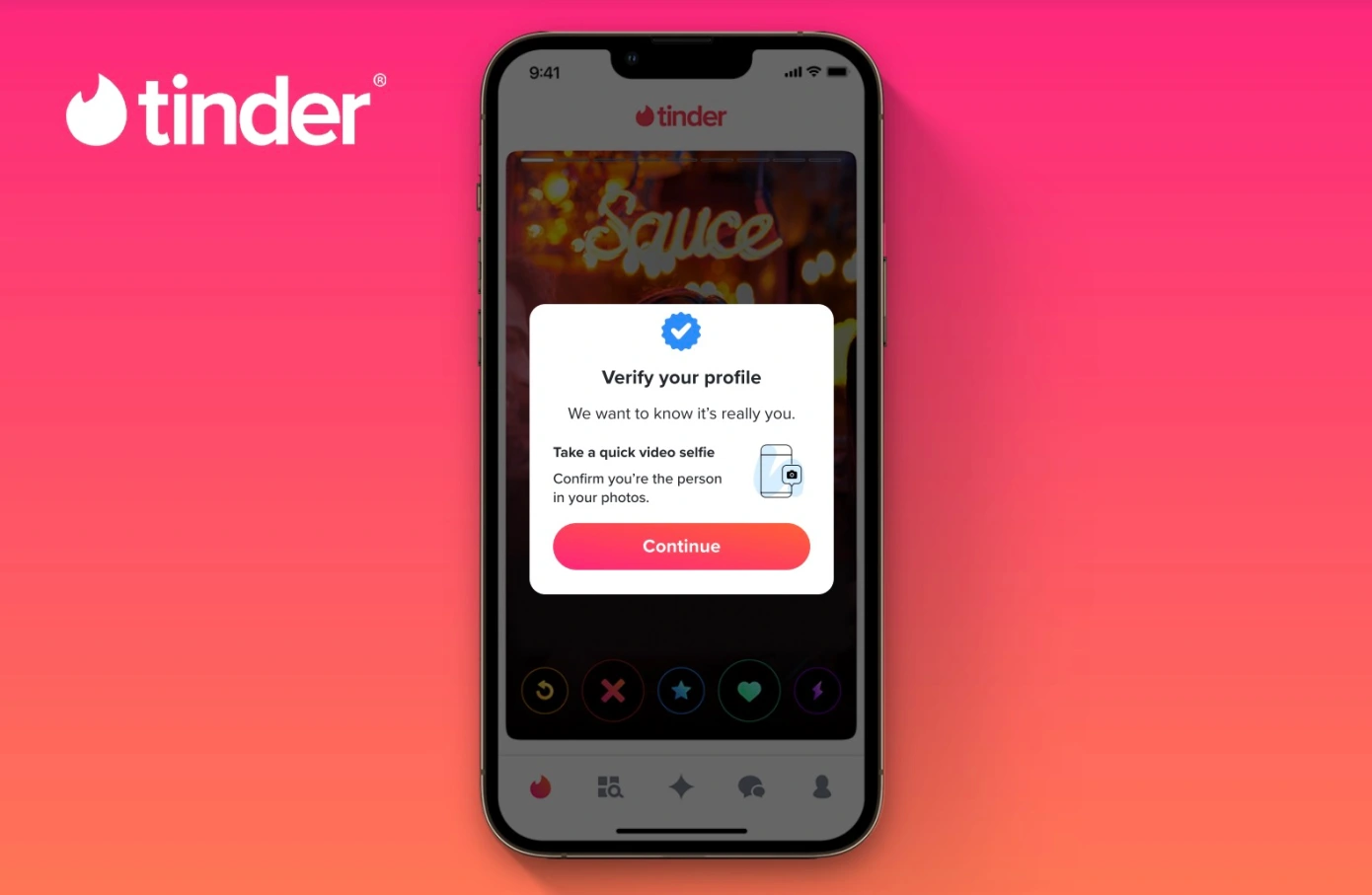Tinder recently announced that it is introducing a new verification process that will use both AI and video selfies to help verify the authenticity of its users, today Tinder is introducing an AI-powered update to its Photo Verification feature, which has previously allowed app users to prove to others that they are not a bot or a catfisher.
Before now users were only required to take pictures of themselves, posing as instructed, to be verified on the popular dating app and after which they will receive a blue check. Tinder is now strengthening this process by requiring video selfies rather than photos. Furthermore, users will soon be able to limit their chats to only those members who are also Photo Verified.
According to Tinder, the changes are part of Tinder’s efforts to make the app safer for all its users.
However, the feature comes at a time when it’s much easier to use AI tools to create fake photos and personas, potentially flooding dating apps with fake people who are really just botting ready to spam their matches. Requiring a “liveness” check, as a video selfie does, is a far more effective way of ensuring that people are who they claim to be and weeding out spammers.
Tinder says it’s working with a third-party partner to manage the video selfie verification process rather than running it in-house, but it hasn’t revealed who that partner is.
Tinder explains that the new model will require the users to first complete a series of video prompts, which the AI will then use to match that the person in the video also matches the person in the profile photo the user wants to verify.
Also, read: China’s central bank digital currency gains prominence on WeChat
Starting on Wednesday, users who want to be Photo Verified or who want to keep their current verification will have to take a video selfie. The feature will completely replace the previous option for uploading photos.
Existing Photo Verified users will soon be prompted in the app to upgrade to the latest version of Photo Verification if they want to keep their blue checkmarks on Tinder, according to the company. This not only ensures that members are verified via the more robust video selfie feature, but it also addresses the issue of lapsed Tinder users returning to the app with verified photos that are now years old.
Meanwhile, Tinder Gold subscribers will be able to limit their “Likes” page to Photo Verified members only.
Photo Verification, according to the company, has been shown to increase matches on the service because users feel more assured that their potential match is a real person, not a bot — and that they look like their photos. Tinder claims that among its 18 to 25-year-old users, being Photo Verified gives them a 10% better chance of matching.
Also, read:
Also, read: Kenyan court has ruled that Meta can be sued for alleged illegal layoffs and blacklisting of moderators
The Photo Verification feature will be available to all Tinder users worldwide today, while the ability to limit messages to “Photo Verified Members” only will be available in the “coming months,” according to Tinder.
Tinder has faced criticism in the past for its lack of robust verification measures, and the company has taken steps to address these concerns in recent years but the new verification process is part of Tinder’s ongoing efforts to improve user safety and prevent fake profiles on the platform.


















